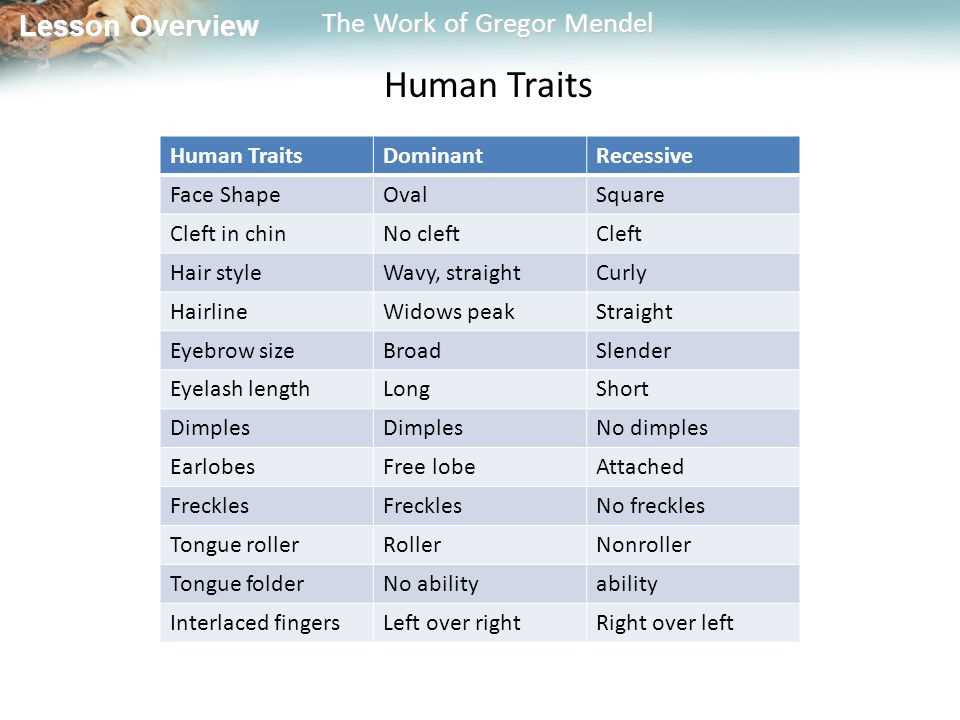
In this section, we delve into foundational concepts of genetics, focusing on the patterns of inheritance that have shaped our understanding of how traits are passed down from one generation to the next. By examining a series of controlled experiments and their outcomes, we uncover the principles that underlie heredity and how certain characteristics are inherited in predictable ratios.
Through a methodical approach, the study presents crucial observations that led to the development of inheritance laws, illustrating how specific traits are governed by dominant and recessive factors. These findings have since laid the groundwork for modern genetics and continue to influence research today.
The subsequent analysis provides a detailed breakdown of genetic cross experiments, offering clarity on how different genetic combinations result in specific trait expressions. This examination also highlights the importance of statistical analysis in genetics, showcasing how probabilities play a significant role in predicting inheritance outcomes.
Understanding Gregor Mendel’s Key Discoveries
The exploration of inheritance patterns has revolutionized our understanding of biology. Through careful experiments, the scientist behind these insights uncovered the fundamental principles that govern how traits are inherited across generations. His discoveries not only challenged previous beliefs but also paved the way for modern genetic science.
By conducting experiments on pea plants, he identified consistent patterns that could be predicted with mathematical accuracy. These findings were based on his observations of how specific traits, such as flower color and seed shape, were passed down through successive generations. His approach to genetics was novel because it combined meticulous observation with statistical analysis, allowing him to formulate laws that remain relevant in genetics today.
His major contributions can be summarized through the following core principles:
- Law of Segregation – Each organism carries two alleles for each trait, and these alleles separate during reproduction.
- Law of Independent Assortment – Genes for different traits are inherited independently of one another.
- Dominance – Some alleles are dominant and will mask the effects of recessive alleles in hybrid offspring.
These principles formed the foundation for what we now call Mendelian genetics, which continues to shape research and understanding in fields such as medicine, agriculture, and evolutionary biology. His ability to quantify patterns of inheritance and establish predictable ratios marked a turning point in biological research.
Overview of Mendel’s Genetic Experiments
In the mid-19th century, a scientist conducted a series of groundbreaking studies that explored how traits are inherited in living organisms. By focusing on simple, observable traits in pea plants, he was able to systematically examine how characteristics were passed from one generation to the next. These experiments laid the foundation for modern genetics, providing a clear framework for understanding heredity.
Experimental Design and Methodology
The scientist carefully selected pea plants with distinct traits, such as seed color, shape, and flower position. Through controlled crossbreeding of these plants, he observed the resulting generations over multiple cycles. By tracking the traits of both parent and offspring plants, he developed an organized approach that allowed him to predict future generations based on prior results.
Results and Observations
Through his experiments, he discovered consistent patterns of inheritance that could be predicted mathematically. For example, when crossing plants with different traits, the offspring showed dominant and recessive relationships. Certain traits appeared in fixed ratios, which led him to conclude that inherited traits are governed by discrete factors, now known as genes.
These findings revolutionized the field by introducing the idea that genetic information is passed down in a predictable manner, challenging previous theories of blending inheritance. His meticulous work provided clarity in understanding how traits are inherited, influencing countless studies and applications in biology today.
Insights from Section 11.1 Answer Key
This section provides valuable insights into the underlying principles of inheritance as discovered through a series of systematic experiments. By examining the results of genetic crosses, patterns of trait transmission become clear, highlighting the fundamental concepts that govern heredity. These findings help clarify how traits are inherited and the mathematical ratios that predict offspring characteristics.
Understanding Genetic Ratios
One of the key takeaways from these experiments is the discovery of consistent ratios in the offspring generations. For instance, when crossing plants with different traits, the offspring exhibited a predictable 3:1 ratio for certain dominant and recessive traits. This observation was crucial in demonstrating that inherited factors segregate in a specific manner, a principle that is foundational to modern genetics.
Reinforcing the Concept of Independent Assortment
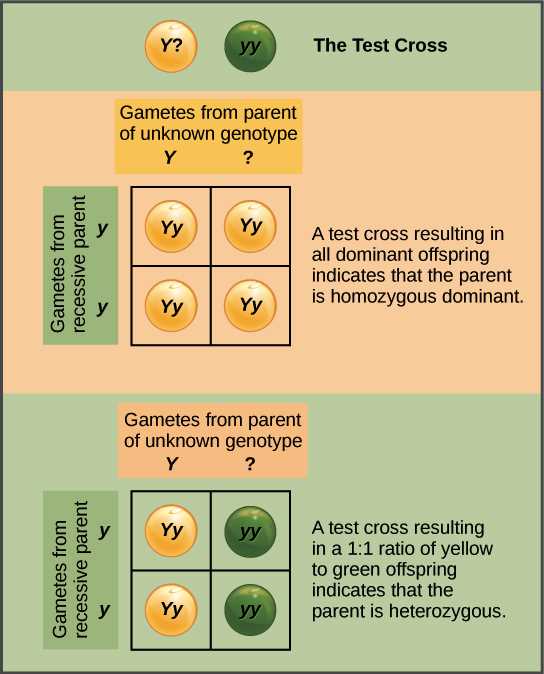
Another critical insight from these experiments is the concept of independent assortment, which asserts that different genes are inherited independently of one another. This was evident when examining dihybrid crosses, where two traits were observed simultaneously. The resulting combinations of traits followed a distinct 9:3:3:1 ratio, further supporting the idea that genetic inheritance operates independently for different characteristics.
These findings not only provided a deeper understanding of inheritance but also set the stage for future genetic research, establishing a framework that would be used for decades to come in fields ranging from agriculture to medicine.
Key Concepts in Mendelian Genetics
Understanding how traits are inherited requires grasping a few essential principles that govern the transfer of genetic information. These fundamental ideas, which emerged from groundbreaking research in the field of inheritance, have shaped how we understand genetics today. The concepts explored here form the backbone of genetic theory and remain highly relevant in modern studies of heredity.
One of the core principles is the existence of discrete factors, now known as genes, that control various traits in living organisms. These genes come in different versions, called alleles, and their interactions determine the traits that are expressed in offspring. Some alleles are dominant, while others are recessive, and this relationship plays a central role in how traits are passed down.
Another crucial concept is the law of segregation, which states that each organism inherits two alleles for each trait–one from each parent–and these alleles separate during reproduction. This means that each parent passes only one allele for a given trait to their offspring, creating genetic diversity. Additionally, the law of independent assortment asserts that genes for different traits are inherited independently of each other, leading to further variation in offspring characteristics.
These ideas form the foundation of classical genetics and continue to inform our understanding of inheritance patterns in both plants and animals. Through Mendel’s experiments, we learned how to predict the likelihood of specific traits appearing in offspring, which has had profound implications for areas such as selective breeding, medicine, and evolutionary biology.
The Role of Pea Plants in Experiments
Pea plants played a crucial role in the development of genetic theories, serving as the ideal model organism for studying inheritance patterns. Their selection for these experiments was driven by several key factors, including their distinct and easily observable traits, rapid reproduction cycles, and ability to self-pollinate. This made it possible to control the plants’ breeding and track how specific traits were passed down through generations.
Distinct Traits for Clear Observation
Pea plants exhibit clear, easily recognizable characteristics such as seed color, seed shape, and flower color. These traits, being controlled by single genes, allowed for straightforward analysis of inheritance patterns. The simplicity and visibility of these traits enabled the scientist to classify offspring into categories, making it easier to spot patterns and draw conclusions about how traits were inherited.
Controlled Crossbreeding and Reproduction
Another significant advantage of using pea plants was their ability to be crossbred under controlled conditions. By carefully selecting parent plants with different traits and allowing them to mate, it was possible to observe how traits from both parents were inherited in the offspring. The ability to control pollination helped establish the idea of dominant and recessive traits, which was central to developing inheritance laws.
These factors made pea plants an invaluable tool in genetic research, offering a reliable means of studying inheritance and providing insights that would shape the field of genetics for years to come.
Mendel’s Laws of Inheritance Explained
The principles that govern how traits are inherited from one generation to the next are central to understanding heredity. These laws, derived from a series of controlled experiments, describe how genetic material is passed down and how specific traits appear in offspring. These laws also lay the foundation for how we interpret genetic patterns today.
There are two fundamental principles that form the basis of inheritance:
- Law of Segregation – This law states that each organism carries two alleles for every trait, one inherited from each parent. During reproduction, these alleles separate, with each gamete receiving only one allele. This ensures genetic diversity and explains why offspring can inherit different combinations of traits from their parents.
- Law of Independent Assortment – This principle asserts that genes for different traits are inherited independently of each other. The inheritance of one trait does not affect the inheritance of another, leading to a variety of possible combinations in offspring.
These laws provide a framework for understanding how genetic traits are inherited and why certain traits appear in specific ratios among offspring. By observing these patterns, researchers can predict the likelihood of traits appearing in future generations, making these principles essential for genetic studies in both plants and animals.
Dominant and Recessive Traits in Genetics
Genetic inheritance involves a complex interaction between different versions of genes, known as alleles. These alleles can have varying effects on the traits they influence, with some alleles masking the expression of others. This concept of dominance and recessiveness plays a crucial role in determining which characteristics are visible in offspring.
In many cases, one allele is dominant, meaning that it will determine the organism’s appearance or phenotype, even if only one copy is present. The other allele, which does not affect the phenotype when paired with a dominant allele, is called recessive. For a recessive trait to be expressed, both alleles must be of the recessive type.
Examples of dominant and recessive traits include:
- Eye Color – In many species, brown eye color is a dominant trait, while blue eyes are recessive.
- Seed Shape – In pea plants, round seeds are dominant over wrinkled seeds.
These patterns of inheritance help explain why certain traits can appear unexpectedly in offspring, even if one or both parents do not visibly express that trait. Understanding the relationship between dominant and recessive alleles is essential for predicting inheritance patterns and studying genetic diseases.
Understanding Mendel’s Punnett Square
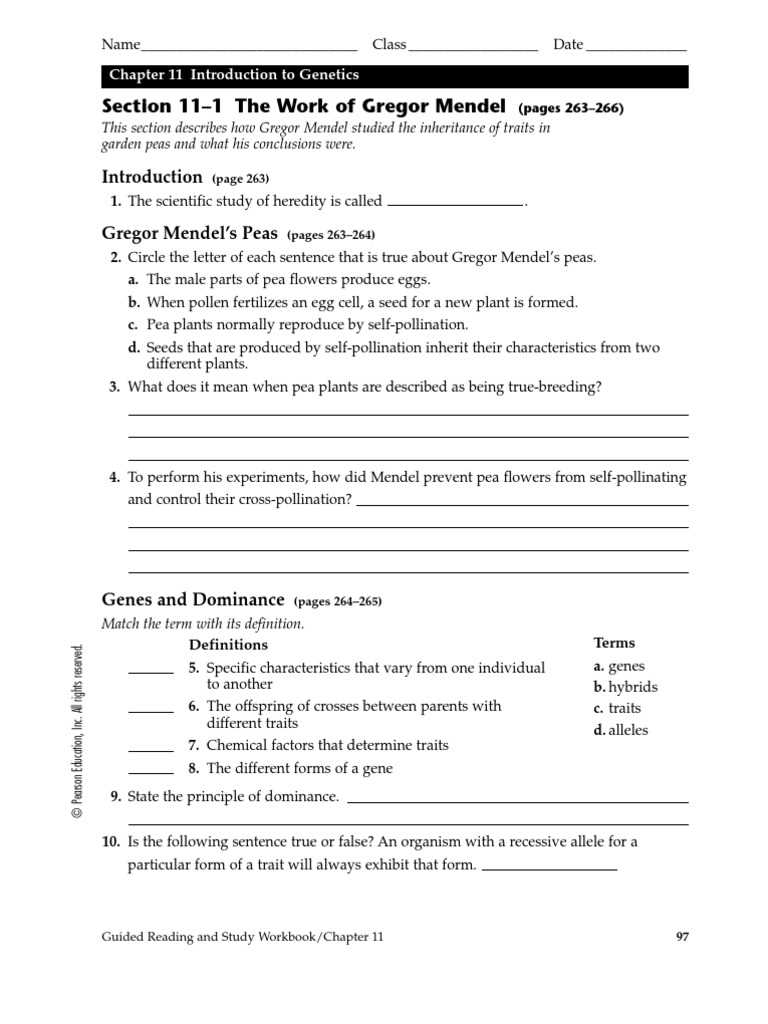
A Punnett Square is a tool used to predict the possible genetic outcomes of a cross between two organisms. It allows the visualization of allele combinations passed from each parent to their offspring. By laying out potential gene combinations, this method simplifies the understanding of inheritance patterns in living organisms.
How it Works
The process begins by determining the alleles present in the parents. Each parent contributes one allele for each gene to their offspring, and these contributions are represented in the rows and columns of the grid. The resulting boxes show the probability of each possible genetic combination for the offspring, illustrating how different traits may be inherited.
Application in Genetic Studies
This grid is commonly used to study traits that are governed by simple Mendelian inheritance, such as flower color or seed shape. However, it can also be applied to more complex traits, where multiple genes interact to influence an organism’s characteristics.
| Parent 1 Alleles | Parent 2 Alleles |
|---|---|
| AA | aa |
| AA | aa |
| Aa | Aa |
| Aa | Aa |
How Mendel’s Work Shaped Genetics
His pioneering experiments laid the foundation for modern genetic science by introducing fundamental principles that explain how traits are inherited. Through systematic studies with pea plants, he uncovered patterns that were previously unknown, providing insight into the mechanisms that drive biological inheritance.
Fundamental Laws of Heredity
The observations and experiments conducted in his research led to the formulation of laws that govern genetic inheritance. These principles, known as the Law of Segregation and the Law of Independent Assortment, revealed how alleles segregate and combine during reproduction. His findings paved the way for understanding how specific traits are passed from one generation to the next.
Impact on Modern Science
His contributions revolutionized biology, forming the core of genetics and influencing fields like molecular biology and evolutionary theory. By introducing a mathematical approach to studying inheritance, he transformed genetics into a precise and predictable science, allowing scientists to explore genetic variation, mutation, and inheritance at the molecular level.
Analyzing the Monohybrid Cross in Detail
A monohybrid cross is a genetic experiment used to examine the inheritance of a single trait. This method involves crossing two organisms that differ in one characteristic, allowing for the observation of how specific alleles are passed down from parent to offspring. The outcomes of such a cross help reveal the dominant and recessive nature of the traits being studied.
Understanding Genetic Ratios
When two organisms with contrasting alleles for a particular trait are crossed, the resulting offspring show a predictable pattern of inheritance. Typically, the cross produces a genetic ratio that reflects the probability of different combinations of alleles. For example, a cross between two heterozygous parents often yields a ratio of 3:1, where three offspring exhibit the dominant trait, and one exhibits the recessive trait.
Predicting Offspring Traits
By using tools such as the Punnett square, it’s possible to predict the expected distribution of traits in offspring. This grid helps visualize how alleles from each parent combine and gives a clearer picture of the inheritance process. Through this method, scientists can calculate the likelihood of specific traits being passed on, thus aiding in understanding genetic variation within populations.
Exploring the Dihybrid Cross Concept
A dihybrid cross is a genetic experiment that involves studying the inheritance of two traits simultaneously. By observing how two characteristics are passed from parent to offspring, this method helps to understand how multiple genes interact and how traits are inherited together. This approach builds on the principles of Mendelian inheritance but adds complexity by considering the behavior of two different gene pairs.
Two Trait Inheritance
In a dihybrid cross, two organisms that differ in two characteristics are crossed. Each parent contributes one allele for each gene involved, and the offspring inherit a combination of these alleles. This process illustrates how independent assortment occurs, with each gene segregating independently from the other, resulting in a variety of possible combinations in the offspring.
Predicting Genetic Outcomes

To predict the potential genetic outcomes of a dihybrid cross, a Punnett square is expanded to accommodate all possible allele combinations for both traits. This tool helps visualize the probability of different trait combinations appearing in the next generation. Typically, the expected genetic ratio for a dihybrid cross is 9:3:3:1, reflecting the various ways that the two traits can be inherited together.
Interpreting Mendel’s Ratio Results
When studying inheritance patterns, it is essential to understand how specific genetic ratios reflect the distribution of traits across generations. By analyzing the outcomes of crosses, one can interpret the underlying genetic mechanisms that determine which traits are inherited. These ratios provide valuable insights into how alleles interact and are passed from one generation to the next.
Common Genetic Ratios
One of the most important aspects of interpreting genetic results is recognizing common inheritance patterns. Some of the most frequently observed ratios in Mendelian experiments include:
- 3:1 Ratio – Typically seen in a monohybrid cross between two heterozygous organisms, where one trait is dominant over the other.
- 9:3:3:1 Ratio – Common in dihybrid crosses, where two traits are inherited independently, resulting in a variety of combinations.
- 1:2:1 Ratio – Often observed when examining incomplete dominance, where the offspring show a blend of traits from both parents.
What the Ratios Reveal
These ratios serve as a guide to understanding the genetic interactions that govern traits. They suggest whether a trait is dominant or recessive, whether genes assort independently, and whether there are any variations in inheritance beyond simple Mendelian rules. By examining the results of genetic crosses, scientists can make predictions about the inheritance of traits in future generations.
Genotypic vs Phenotypic Ratios
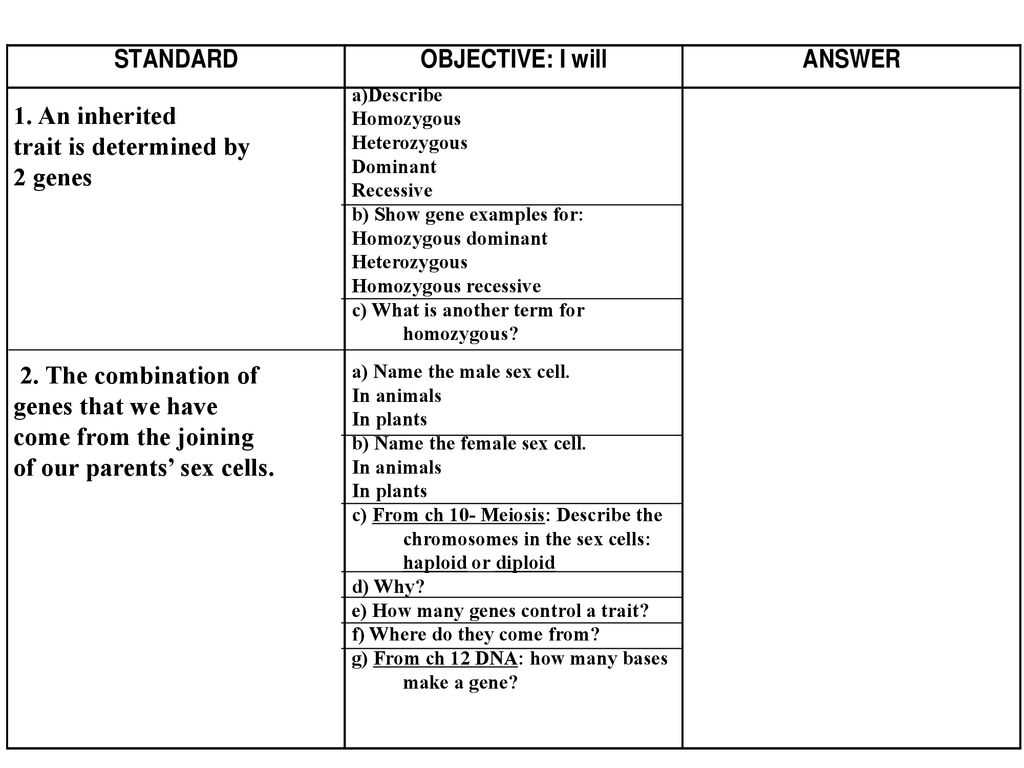
In genetic studies, understanding the difference between genotypic and phenotypic ratios is essential for interpreting the inheritance of traits. While both ratios reveal important information about offspring, they focus on different aspects of genetic outcomes. Genotypic ratios represent the distribution of genetic makeup, while phenotypic ratios show the observable characteristics of the offspring.
Genotypic Ratios
Genotypic ratios reflect the combination of alleles inherited by offspring. These ratios show how different allele combinations contribute to the genetic constitution of each individual. For instance, in a monohybrid cross between two heterozygous organisms, the genotypic ratio might indicate the proportion of homozygous dominant, heterozygous, and homozygous recessive genotypes.
Phenotypic Ratios
Phenotypic ratios describe the physical expression of traits in offspring, based on the genetic makeup. These ratios are influenced by dominant and recessive alleles and provide a visual representation of inheritance patterns. For example, in the case of a simple dominant-recessive trait, the phenotypic ratio typically shows the proportion of offspring displaying the dominant trait versus those displaying the recessive trait.
| Genotype | Phenotype | Genotypic Ratio | Phenotypic Ratio |
|---|---|---|---|
| AA | Dominant Trait | 1 | 3 Dominant : 1 Recessive |
| Aa | Dominant Trait | 2 | 3 Dominant : 1 Recessive |
| aa | Recessive Trait | 1 | 3 Dominant : 1 Recessive |
Why Mendel’s Research Was Groundbreaking
His investigations marked a pivotal moment in the field of biology, as they introduced a systematic, scientific approach to understanding inheritance. By analyzing how traits were passed down through generations, he uncovered underlying patterns that had previously gone unnoticed. This groundbreaking approach not only reshaped the way scientists thought about heredity but also laid the foundation for modern genetics.
Revolutionizing Biological Thought
Prior to his experiments, the mechanisms of inheritance were not well understood. Many theories about inheritance were based on speculative ideas rather than empirical data. His methodical experiments with pea plants provided clear, observable evidence that traits were inherited in specific patterns. His ability to quantify these patterns mathematically was a major shift in how biology was studied.
Establishing the Principles of Inheritance
What truly set his research apart was the identification of fundamental rules that govern heredity. These principles, such as the segregation of alleles and the independent assortment of genes, became the cornerstone of genetic science. By establishing these laws, he enabled future generations of scientists to predict genetic outcomes and understand the molecular basis of heredity in a way that had never been done before.
Common Misconceptions in Mendelian Genetics
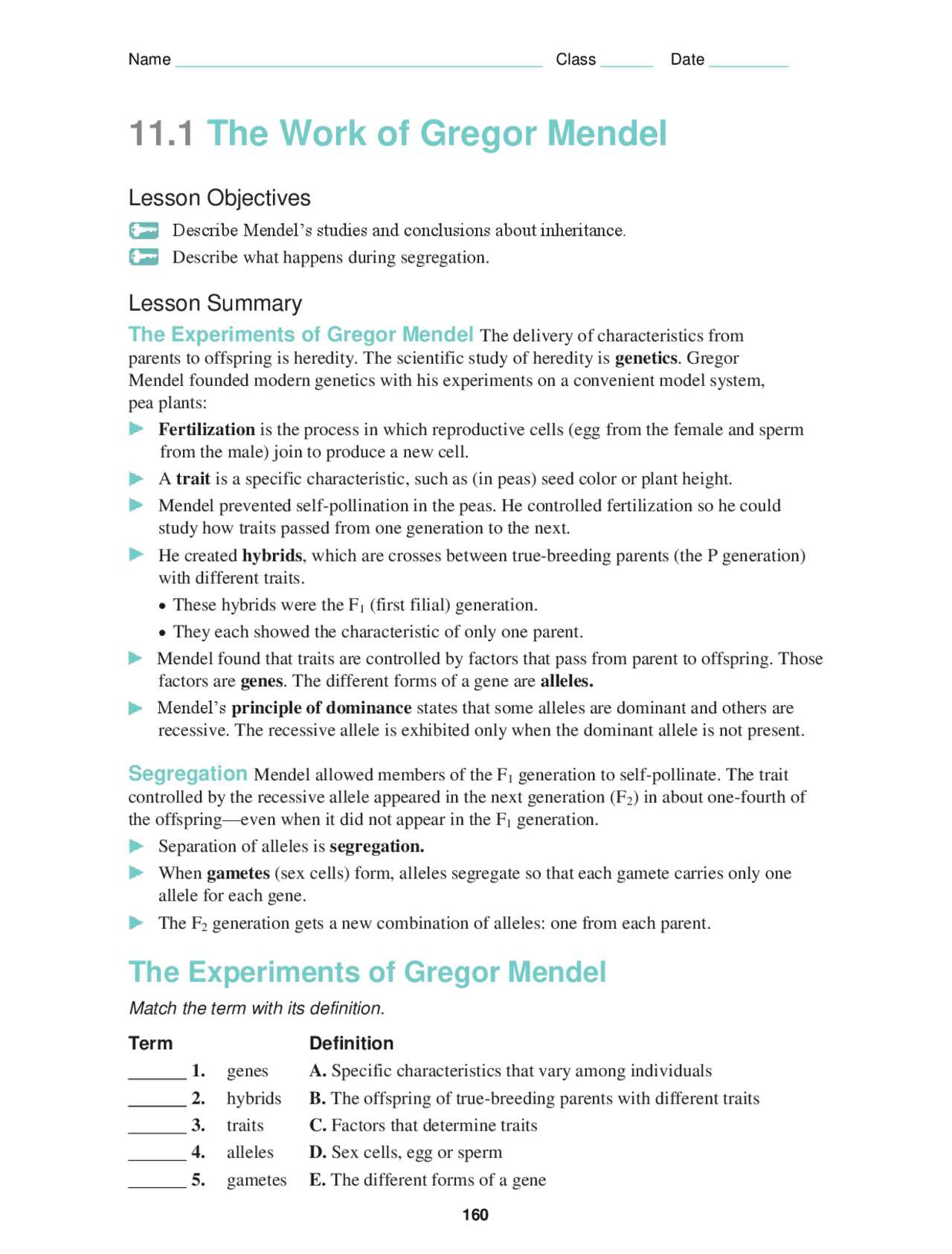
Despite its foundational importance, there are several common misunderstandings surrounding the principles of inheritance. These misconceptions can lead to confusion when studying genetic patterns or trying to apply Mendelian rules to real-world situations. It is crucial to clarify these myths to ensure a better understanding of how traits are passed from one generation to the next.
Misconception 1: Dominant Traits Are Always More Common
One common belief is that dominant traits are more prevalent in a population than recessive ones. However, this is not necessarily true. The frequency of a trait in a population depends on the alleles’ distribution and not simply whether they are dominant or recessive. Recessive traits can still be common if the allele is widespread in the population.
Misconception 2: Traits Are Determined by Only One Gene
Another misconception is that all traits are controlled by a single gene. While many traits follow simple Mendelian patterns, many others are influenced by multiple genes interacting with each other, a concept known as polygenic inheritance. This adds complexity to genetic predictions and inheritance patterns.
| Misconception | Explanation |
|---|---|
| Dominant Traits Are Always More Common | Trait frequency depends on allele distribution, not just dominance. |
| Traits Are Controlled by One Gene | Many traits are influenced by multiple genes, complicating inheritance patterns. |
Applications of Mendel’s Theories Today
Though his studies were conducted over a century ago, the principles discovered in his research continue to have a profound impact on modern science. Today, these theories are applied in numerous fields, from agriculture to medicine, providing valuable insights into how traits are inherited and how genetic diversity shapes populations.
Modern Uses in Genetics and Medicine

His principles of inheritance help explain how genetic conditions are passed from parents to offspring, influencing fields such as genetics counseling, genetic testing, and disease prevention. Some of the key applications include:
- Genetic Testing: Understanding inheritance patterns helps identify the risk of passing on genetic disorders.
- Gene Therapy: Techniques based on Mendel’s theories are used to correct genetic defects at the DNA level.
- Pharmacogenomics: Personalized medicine uses genetic information to tailor drug treatments to individuals, based on how their genes affect their response to medication.
Applications in Agriculture and Breeding
His discoveries also revolutionized agriculture, where selective breeding practices are based on his principles. These practices have been instrumental in:
- Crop Improvement: By selecting plants with desirable traits, farmers can improve yields, resistance to pests, and overall quality.
- Livestock Breeding: Understanding genetic inheritance allows for the production of healthier and more productive animals.
Modern Genetic Research and Mendel’s Legacy
Advancements in genetic science have built upon the foundational principles discovered by early researchers, particularly in the field of inheritance. The theories of genetic inheritance continue to influence modern genetics, from gene editing to population genetics. Today, these ideas remain a cornerstone of both basic and applied biological sciences, shaping research and practical applications in various fields.
Breakthroughs in Genetics
Recent technological advancements have expanded our understanding of genetics far beyond the simple inheritance patterns Mendel initially described. However, his work remains critical to many contemporary discoveries:
- Gene Editing: Techniques like CRISPR allow scientists to modify DNA with unprecedented precision, guided by an understanding of how genes are inherited.
- Genomic Mapping: The sequencing of entire genomes in humans and other organisms has revealed complex patterns of inheritance and gene interactions, drawing from Mendelian principles.
- Personalized Medicine: Modern genetics enables tailored treatments based on an individual’s genetic makeup, something that was anticipated by the study of inheritance patterns.
Applications and Impact on Society
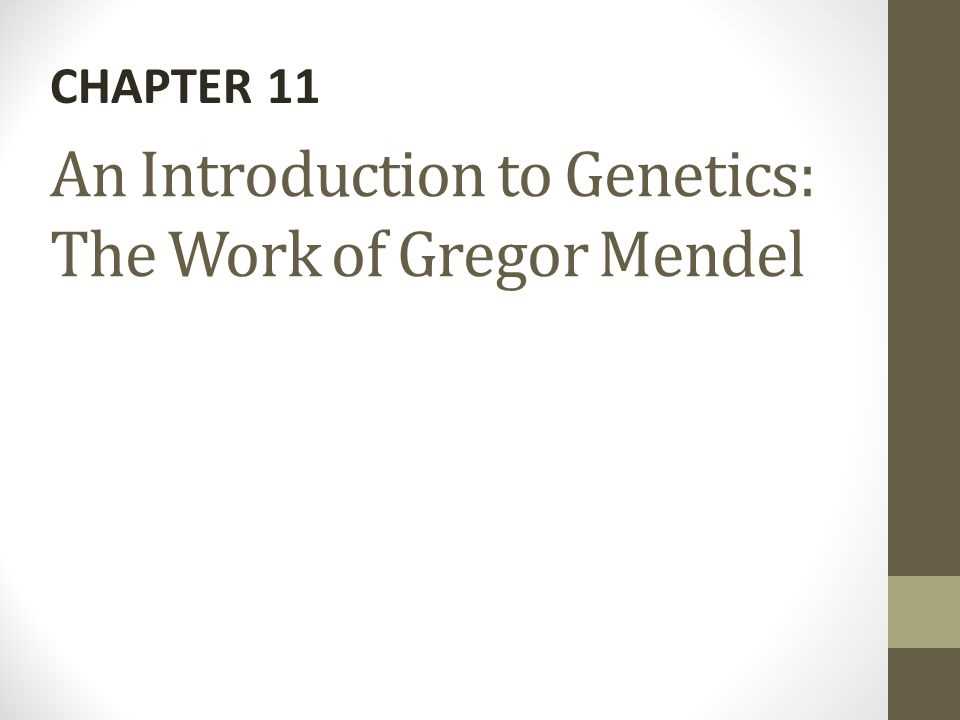
Beyond the laboratory, Mendel’s discoveries continue to have a profound impact on society:
- Agricultural Advancements: Modern crop breeding relies heavily on principles of inheritance to create disease-resistant, high-yielding varieties.
- Conservation Genetics: Understanding genetic diversity within species is essential for conservation efforts aimed at preserving endangered species.
- Forensic Science: Genetic analysis, rooted in inheritance studies, plays a critical role in identifying individuals and solving crimes.